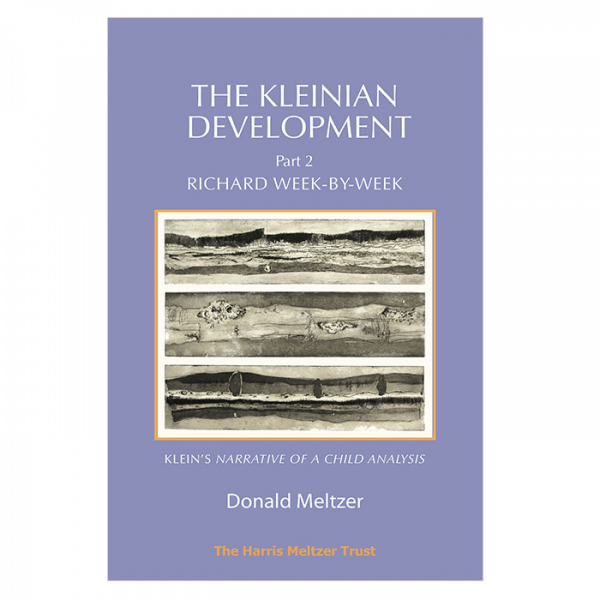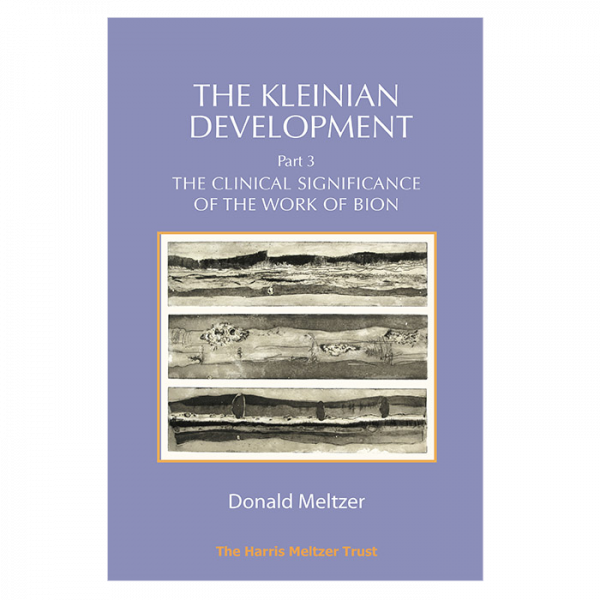Infant observation and its applications still constitutes the bedrock for understanding the origin of the human mind, and the training of all the authors is rooted in this method of observation as well as in the work of later object relations clinicians and theoricians (Klein, Bion, Winnicott, Meltzer etc). The authors from the São Paulo Mother-Baby Relationship Study Centre, working in the fields of infant, child and family psychology, cover a variety of interesting settings, such as: the seminar room where Esther Bick herself led a discussion group; the homes of observed babies; the consulting room with parents and children in therapy; a nursery; a child psychiatric hospital department; and a neonatal intensive care unit. The book ends with an innovative and timely chapter on research on the link between maternal reverie and the development of symbolic play in babies.




Gianna Polacco Williams, Psychoanalyst and child analyst; founder of the Centro Studi Martha Harris –
‘Marisa Pelella Mélega came to Rome in 1988 to celebrate the foundation of the first Centro Studi Martha Harris, and to establish a link between the Centro Studi and her initiative in São Paulo. The link with the Centro Studi and with the Tavistock proved very fertile and this book is a witness to it. The valuable work documented here exemplifies vividly Martha Harris’ own often-cited statement that “psychoanalytical ideas have travelled… and found a home in which to flourish”.’
Maria Pozzi Monzo, Consultant child and adolescent psychotherapist; visiting lecturer, Tavistock Clinic –
‘What an interesting collection of descriptions of infant observations and applications of the method of observing babies pioneered by Esther Bick in the seventies! Infant observation and its applications still constitutes the bedrock for understanding the origin of the human mind, and the training of all the authors is rooted in this method of observation as well as in the work of later object relations clinicians and theoricians (Klein, Bion, Winnicott, Meltzer etc). The authors from the São Paulo Mother–Baby Relationship Study Centre, working in the fields of infant, child and family psychology, cover a variety of interesting settings, such as: the seminar room where Esther Bick herself led a discussion group; the homes of observed babies; the consulting room with parents and children in therapy; a nursery; a child psychiatric hospital department; and a neonatal intensive care unit. The work and observations are described vividly and with the precision of refined observers who share their experience generously and openly. The book ends with an innovative and timely chapter on research on the link between maternal reverie and the development of symbolic play in babies. This is a book which I indeed recommend to all those interested in infant observation and its broad application.’